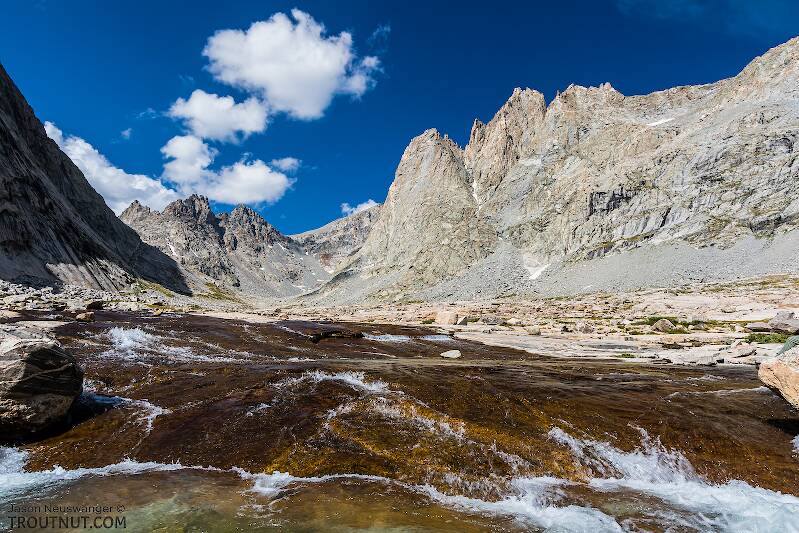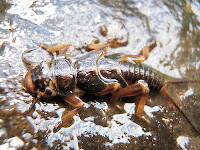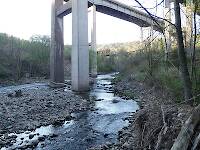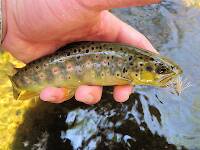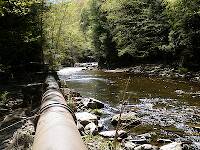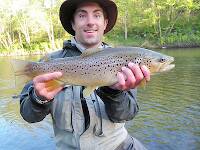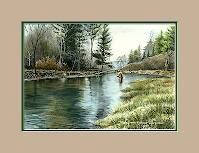
Blue-winged Olives
Baetis
Tiny Baetis mayflies are perhaps the most commonly encountered and imitated by anglers on all American trout streams due to their great abundance, widespread distribution, and trout-friendly emergence habits.
Featured on the forum

This one was surprisingly straightforward to identify. The lack of a sclerite at the base of the lateral hump narrows the field quite a bit, and the other options followed fairly obvious characteristics to Clostoeca, which only has one species, Clostoeca disjuncta.

Troutnut is a project started in 2003 by salmonid ecologist Jason "Troutnut" Neuswanger to help anglers and
fly tyers unabashedly embrace the entomological side of the sport. Learn more about Troutnut or
support the project for an enhanced experience here.
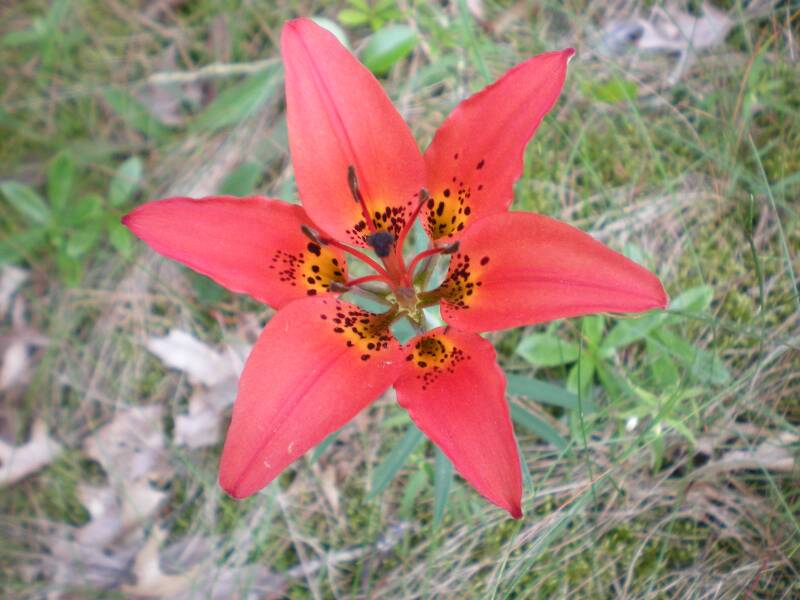
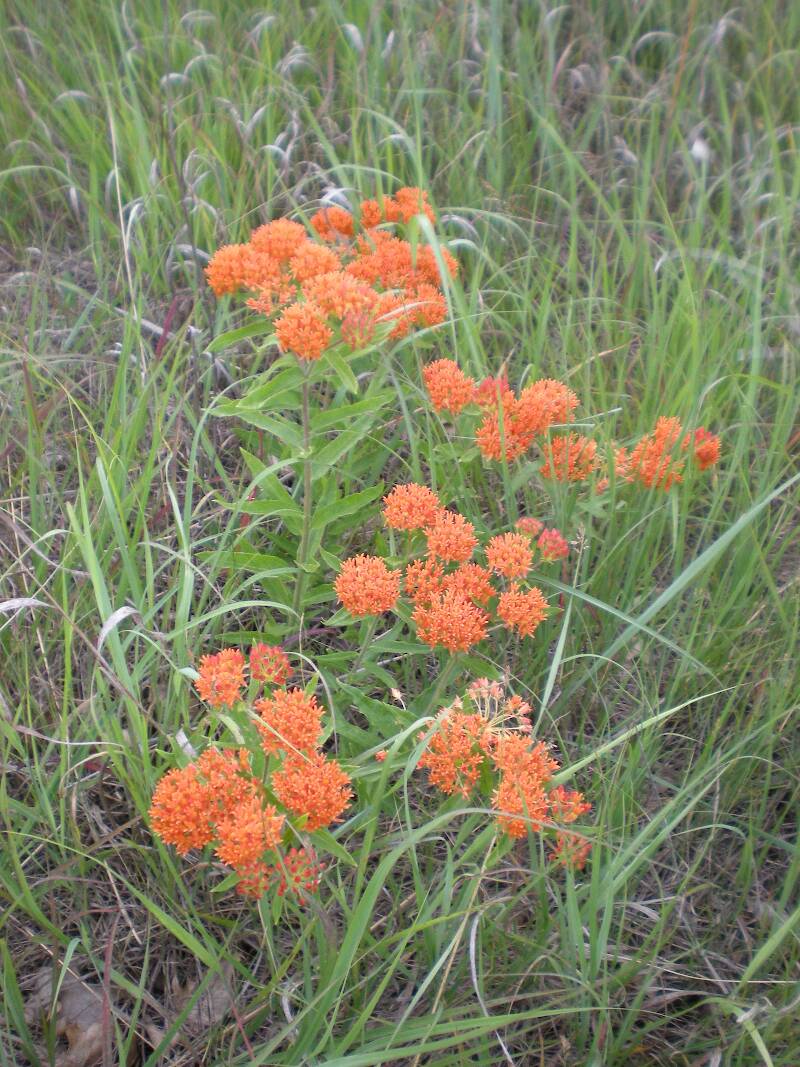
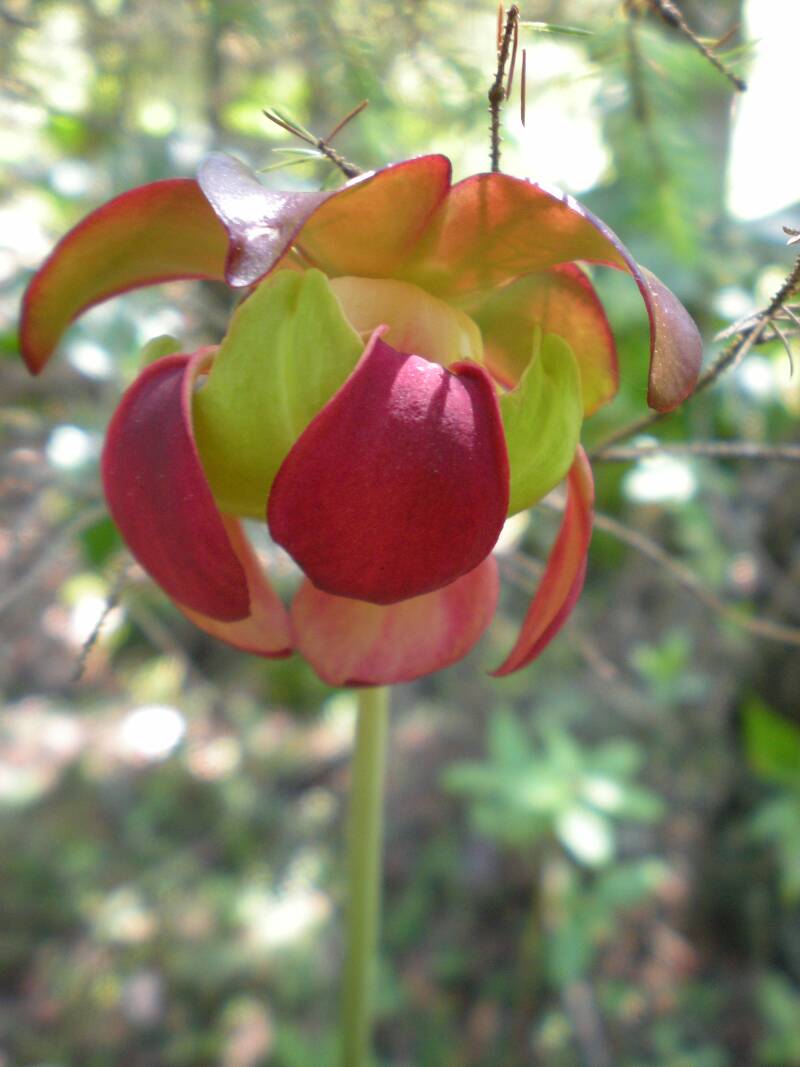
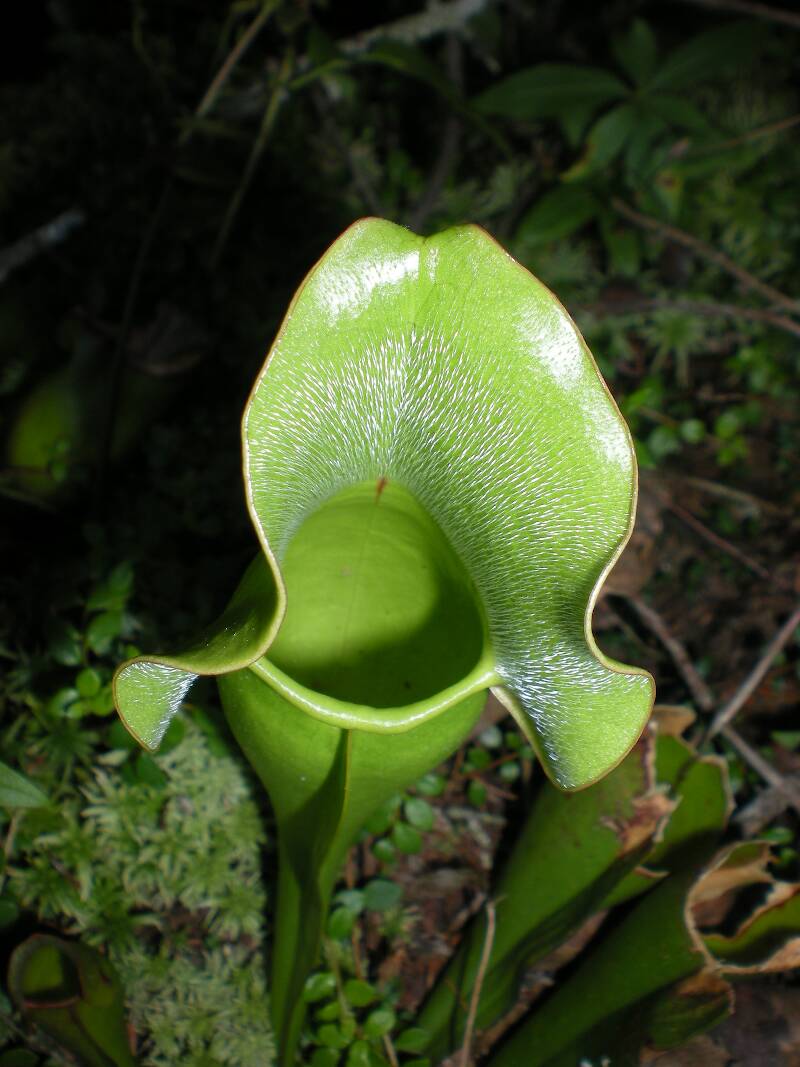
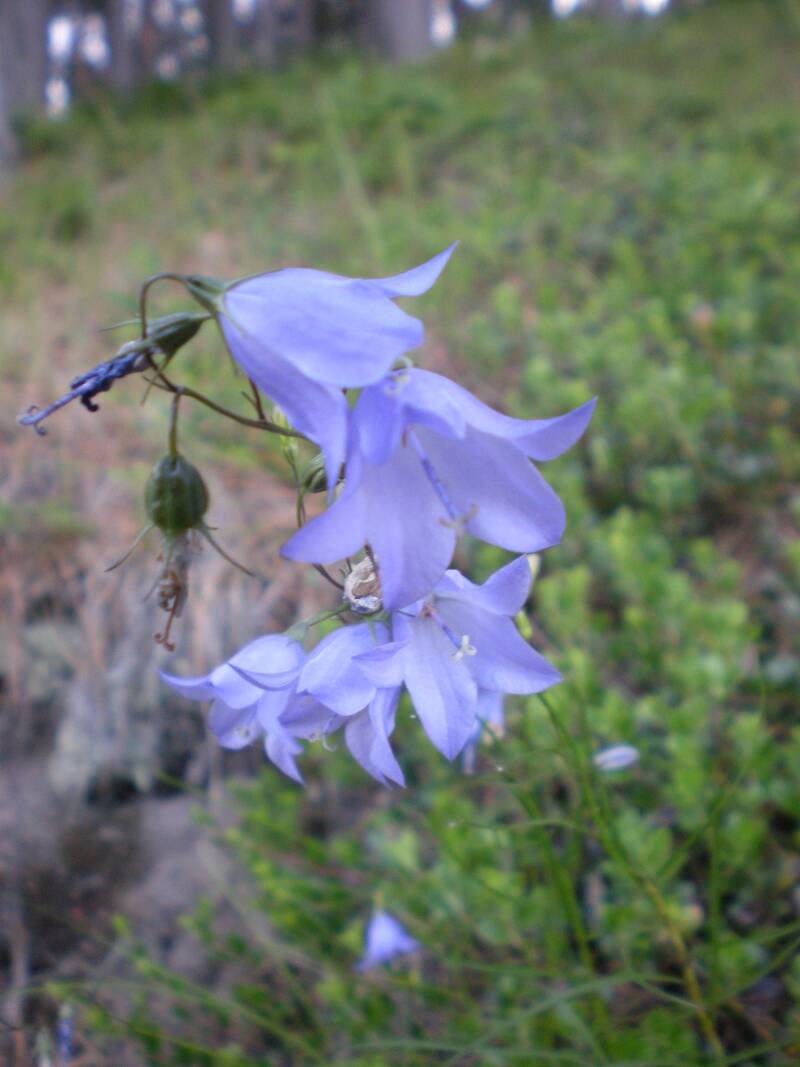
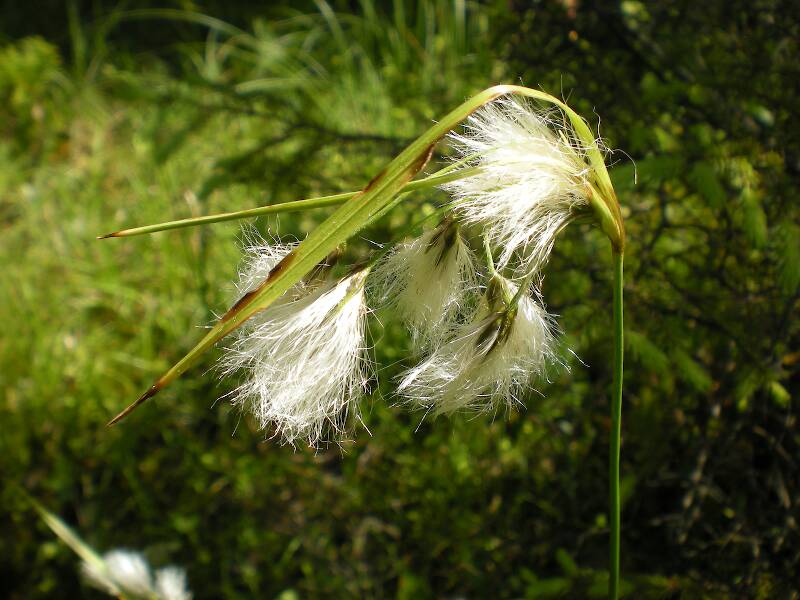
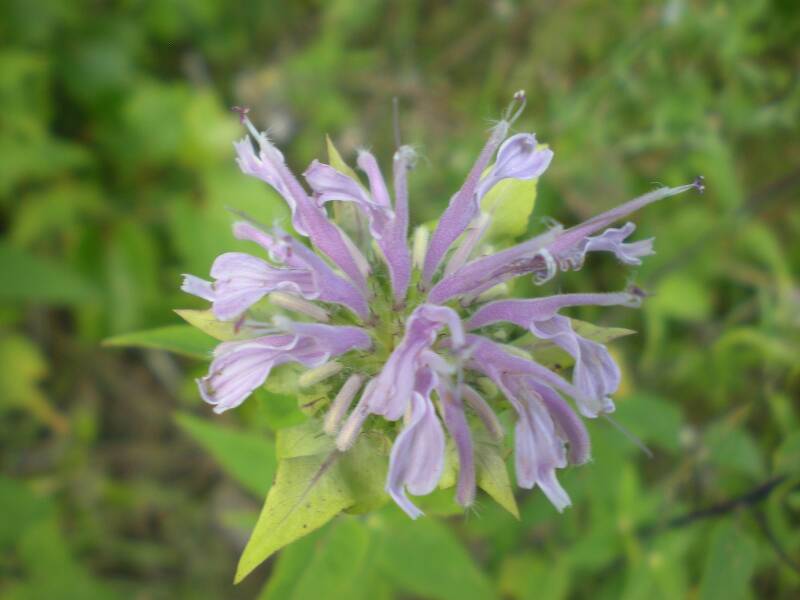
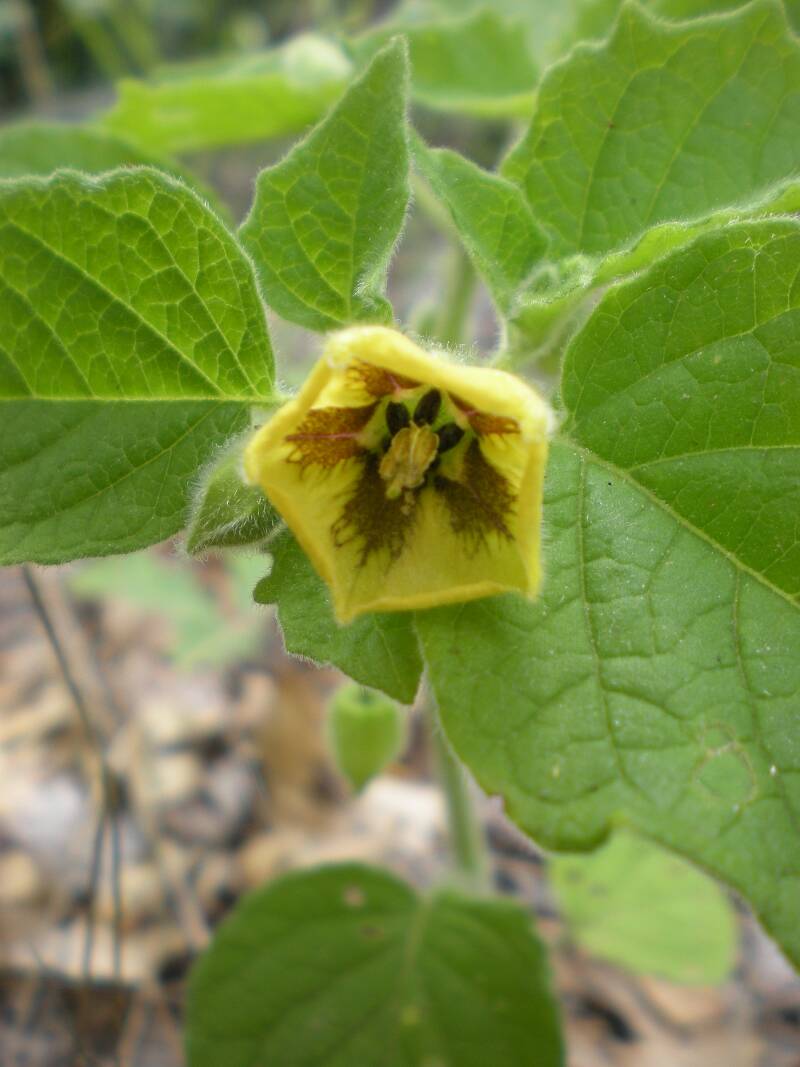
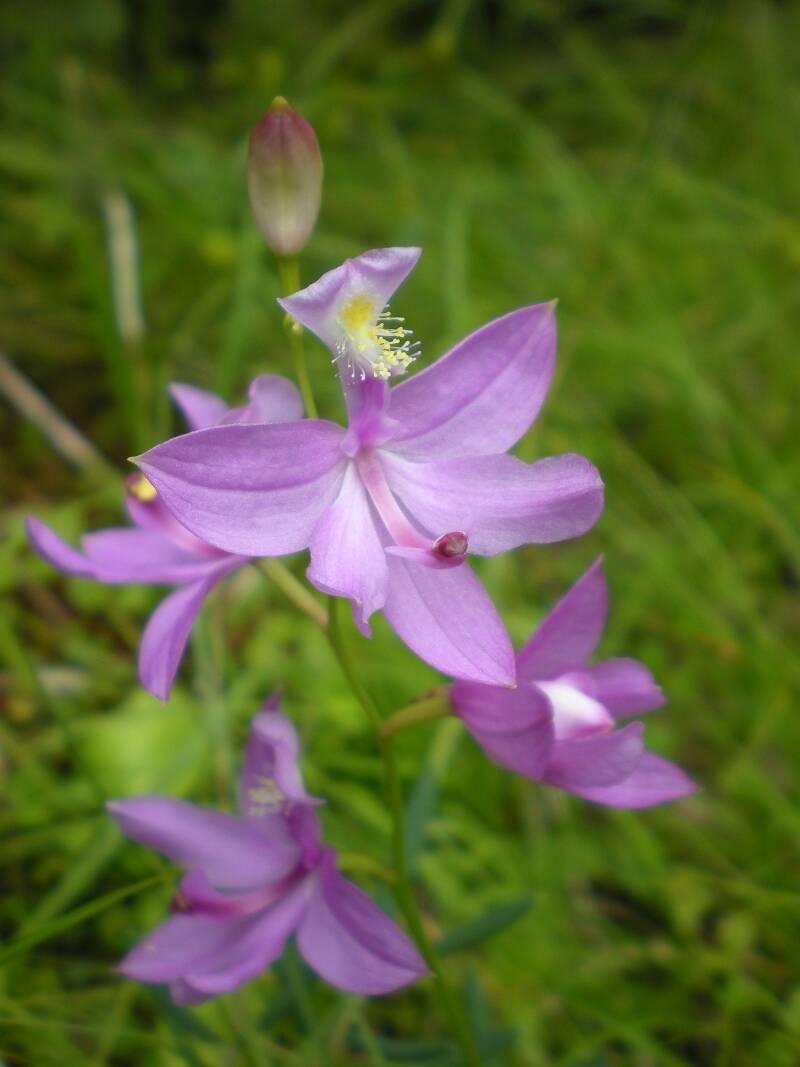
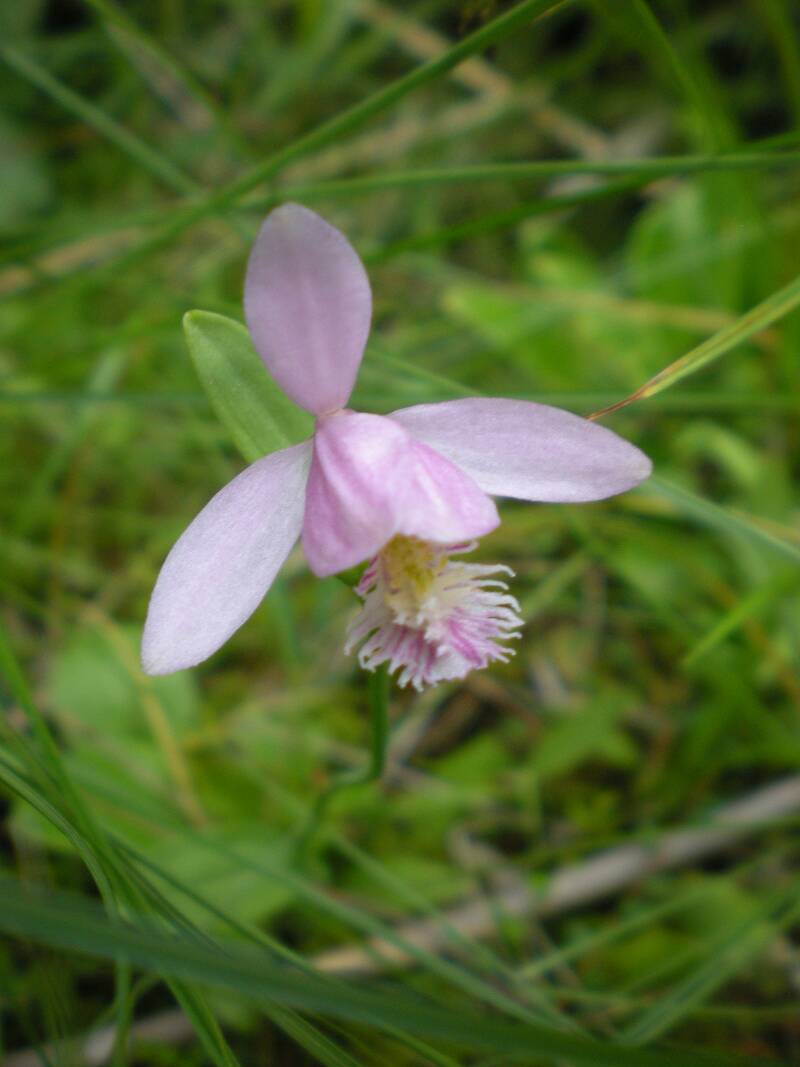

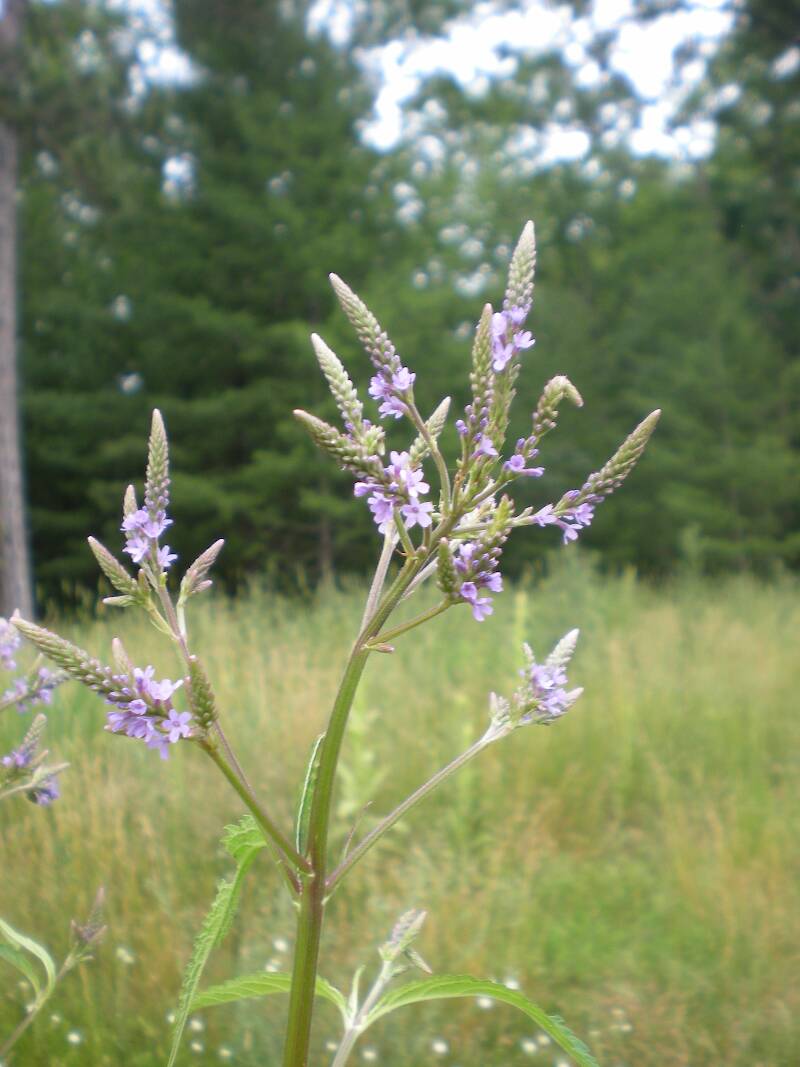

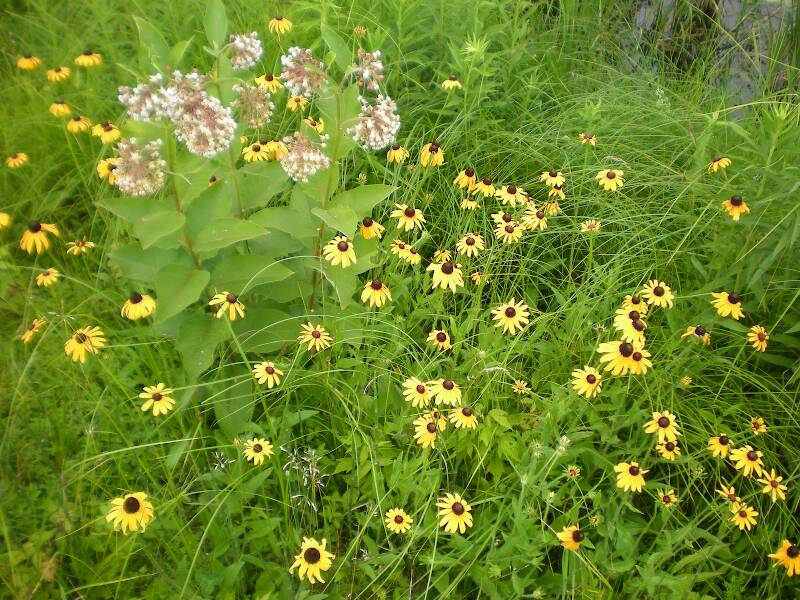
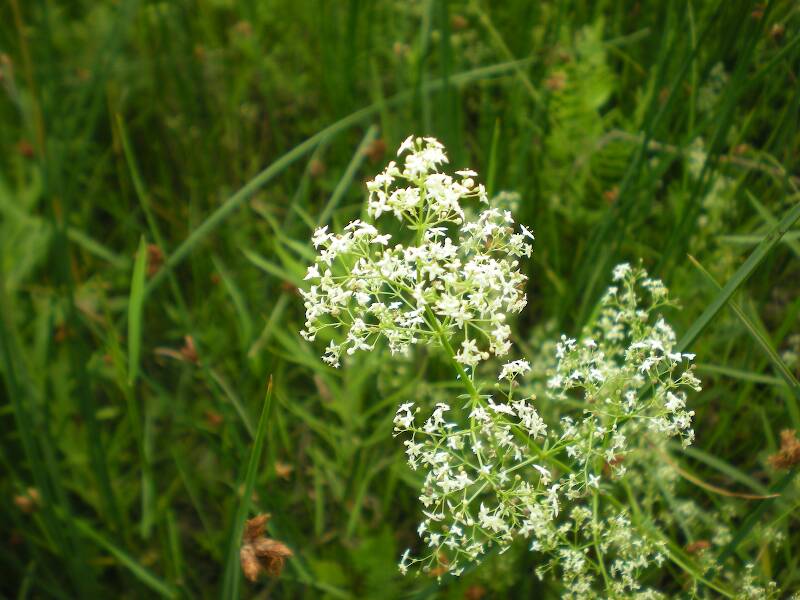
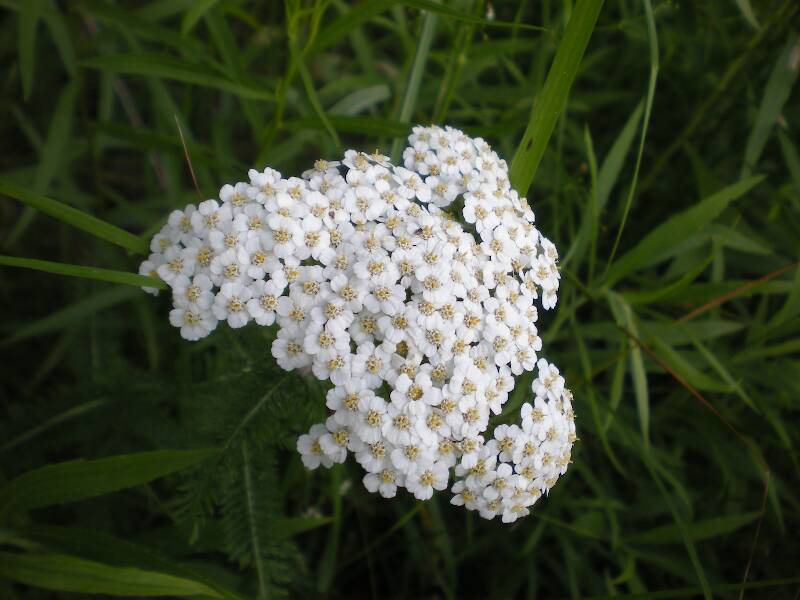
Oldredbarn on Aug 11, 2011August 11th, 2011, 7:26 am EDT
One last thing...I may have told this story here somewhere before but...
My fishing buddy is named Bill. Next to the word grump in the dictionary is his photo. I won't bore you all with the details. You will just have to trust me here...Back in the 70's he was a fly tying instructor for a tying class for the Michigan Fly Fishing Club. He would present a pattern and ask those taking the class to tie up a couple dozen of the same thing and bring them in next time there was a meeting. He would then sit down and examine their production...If it passed his muster he put it back in their box, if not he tossed it in one of those little trash cans you find in a classroom...Ouch!
In May of 1991 I was up fishing with Bill for a week on the Au Sable and we spent one day on the Pere Marquette on our way back to Detroit. We were in Lovell's and bumped in to Tim Neal's flies for sale there, as I mentioned above. Mister hyper critical liked Tim's flies and he gave me a mini lecture on each and every one of those flies in that box...
Between Bill's flies and Tim's I had it pretty well covered until I could tie my own...I used theirs as my models...
I half-assed tried to find this mystery man "Tim Neal" ever since...I asked around and guide friends or Rusty would say he works downtown as an insurance agent etc but once I was any where near the river I fished...Then one day, totally out-of-the-blue, he posts here on TroutNut and I couldn't believe it! I'm saying 20+ years later! This internet thing is pretty damn scary!
Funny, eh!?
Spence
My buddy Bill got a little nod in Swisher & Richard's anniversary edition of "Selective Trout" and actually had some midge patterns shown in a Sport's Illustrated article on the so-called "New Patterns" back in the 70's...Maybe the problem with Michigan boys is they don't blow their own horn enough...
I used to have a friend back in my college days and she believed that we all had been together in a past life and we are attracted to each other in this one because we are trying to work out mistakes we made in a previous life so our souls could move on...She thought that we had been together before...So, I told her, "Here! Let me take care of this right now...If you have ever done anything to hurt me you are forgiven and if I've ever done anything to hurt you...I'm sorry. How's that?" Well Tim I'm trying to figure out why I'm so hung up on the lore of the old Au Sable...Could I be the reincarnation of the spirit of Rube Babbitt or something?! :)
My fishing buddy is named Bill. Next to the word grump in the dictionary is his photo. I won't bore you all with the details. You will just have to trust me here...Back in the 70's he was a fly tying instructor for a tying class for the Michigan Fly Fishing Club. He would present a pattern and ask those taking the class to tie up a couple dozen of the same thing and bring them in next time there was a meeting. He would then sit down and examine their production...If it passed his muster he put it back in their box, if not he tossed it in one of those little trash cans you find in a classroom...Ouch!
In May of 1991 I was up fishing with Bill for a week on the Au Sable and we spent one day on the Pere Marquette on our way back to Detroit. We were in Lovell's and bumped in to Tim Neal's flies for sale there, as I mentioned above. Mister hyper critical liked Tim's flies and he gave me a mini lecture on each and every one of those flies in that box...
Between Bill's flies and Tim's I had it pretty well covered until I could tie my own...I used theirs as my models...
I half-assed tried to find this mystery man "Tim Neal" ever since...I asked around and guide friends or Rusty would say he works downtown as an insurance agent etc but once I was any where near the river I fished...Then one day, totally out-of-the-blue, he posts here on TroutNut and I couldn't believe it! I'm saying 20+ years later! This internet thing is pretty damn scary!
Funny, eh!?
Spence
My buddy Bill got a little nod in Swisher & Richard's anniversary edition of "Selective Trout" and actually had some midge patterns shown in a Sport's Illustrated article on the so-called "New Patterns" back in the 70's...Maybe the problem with Michigan boys is they don't blow their own horn enough...
I used to have a friend back in my college days and she believed that we all had been together in a past life and we are attracted to each other in this one because we are trying to work out mistakes we made in a previous life so our souls could move on...She thought that we had been together before...So, I told her, "Here! Let me take care of this right now...If you have ever done anything to hurt me you are forgiven and if I've ever done anything to hurt you...I'm sorry. How's that?" Well Tim I'm trying to figure out why I'm so hung up on the lore of the old Au Sable...Could I be the reincarnation of the spirit of Rube Babbitt or something?! :)
"Even when my best efforts fail it's a satisfying challenge, and that, after all, is the essence of fly fishing." -Chauncy Lively
"Envy not the man who lives beside the river, but the man the river flows through." Joseph T Heywood
"Envy not the man who lives beside the river, but the man the river flows through." Joseph T Heywood
TNEAL on Aug 11, 2011August 11th, 2011, 11:02 am EDT
Maybe it's because of the classic dry fly water with teriffic hatches and free rising trout. I'm thankful to Rube for bringing us brook trout; they will forever be my favorite.
Entoman on Aug 11, 2011August 11th, 2011, 11:38 am EDT
Perhaps you Michigan guys can clear something up for me. I know that the Au Sable was primarily a grayling stream, but wasn't the brookie also native? If not, what's the history?
Regards,
Kurt
Regards,
Kurt
"It's not that I find fishing so important, it's just that I find all other endeavors of Man equally unimportant... And not nearly as much fun!" Robert Traver, Anatomy of a Fisherman
TNEAL on Aug 11, 2011August 11th, 2011, 12:00 pm EDT
The AuSable was entirely a Grayling stream. Rube Babbitt, the first conservation officer in Northern Michigan, brought brook trout from a hatchery in Caledonia, New York when he realized the Grayling fishery was going south. I don't recall the year of the first planting, but he put them in the AuSable system. Rube covered the territory from Bay City to the Straits of Mackinaw on horse back.
Oldredbarn on Aug 11, 2011August 11th, 2011, 12:58 pm EDT
Re: Rube...JR told me a story which I think I've related here before about some guy who came up to Rube and told him he was struggling and needed some venison for the locker...Rube told him that since it wasn't hunting season there was nothing he could do about it...Then somewhere in the conversation Rube let it slip out that he was going to be up in Gaylord the following week...For the "whole" week. ;)
Kurt, I have seen it discussed that if we humans had stayed away from the Au Sable for a couple more thousand years or so brookies may have found their way in to the system...We just beat them there. They are native to the state but hadn't found their way there.
If you ever got a chance to see the North Branch (a brookie hatchery par excellence) you would scratch your head when someone told you that they were transported there. It just looks the part...Henry Ford & Edison used to chase them up there "back-in-the-day" as they say. Tony would freak out up there at Trico time! 3wt, 7x, and a tiny Hardy with a couple of Mr. Neal's bugs in your box and it's party time gentlemen!
Spence
I personally have never, to my recollection, ever caught a Rainbow on the North or South Branches...They seem more plentiful on the main stem...(?)
Kurt, I have seen it discussed that if we humans had stayed away from the Au Sable for a couple more thousand years or so brookies may have found their way in to the system...We just beat them there. They are native to the state but hadn't found their way there.
If you ever got a chance to see the North Branch (a brookie hatchery par excellence) you would scratch your head when someone told you that they were transported there. It just looks the part...Henry Ford & Edison used to chase them up there "back-in-the-day" as they say. Tony would freak out up there at Trico time! 3wt, 7x, and a tiny Hardy with a couple of Mr. Neal's bugs in your box and it's party time gentlemen!
The Au Sable was not always a trout stream. Before about 1890, grayling
were the sport fish of the Au Sable system. Early lumbermen called the
grayling "white trout" or "Crawford County trout", but in 1874 the fish were
identified as grayling. Local residents then changed the name of their
town from Crawford to Grayling. The first brook trout to enter the Au
27
Sable system reportedly were taken from the Jordan River and planted in
the East Branch of the Au Sable by Rube Babbit in the 1880's. Rainbow
trout had been planted somewhat earlier and browns came shortly after.
Grayling became scarce soon after the trout appeared, but few of the oldtime
residents blame the trout for this. Apparently the grayling was less
tolerant to changing conditions than the trout, and it is doubtful if the
grayling could have survived even if trout had not entered the river. The
last grayling reported caught in the Au Sable mainstream was taken by
Dan Stephan in 1908 about three miles above McMasters Bridge.
Spence
I personally have never, to my recollection, ever caught a Rainbow on the North or South Branches...They seem more plentiful on the main stem...(?)
"Even when my best efforts fail it's a satisfying challenge, and that, after all, is the essence of fly fishing." -Chauncy Lively
"Envy not the man who lives beside the river, but the man the river flows through." Joseph T Heywood
"Envy not the man who lives beside the river, but the man the river flows through." Joseph T Heywood
Entoman on Aug 11, 2011August 11th, 2011, 2:57 pm EDT
Thanks guys. Nature is amazing. I would never have guessed that a river draining the Great Lakes would be absent of char in its natural state. Since the multitude of tiny tribs I assume the river must have were devoid of char for the obvious reason, were they also full of grayling? Or were they largely empty of game fish?
"It's not that I find fishing so important, it's just that I find all other endeavors of Man equally unimportant... And not nearly as much fun!" Robert Traver, Anatomy of a Fisherman
TNEAL on Aug 11, 2011August 11th, 2011, 5:08 pm EDT
Grayling were system wide back then. I saw Spence's post re Rube's brookies having come from the Jordan (Michigan). I read the same thing;however, I'm sticking woith Hazen Miller's version.... regardless, it appears accurate that Rube was the one who introduced them.
Jmd123 on Aug 11, 2011August 11th, 2011, 5:55 pm EDT
I have heard two different stories on the "original" (pre-White Man) distribution of brook trout in the State of Michigan:
1) They were only native to the Upper Penninsula; and
2) They were native from the Gaylord area north (Pigeon, Sturgeon, Black, Maple, Jordan, etc., and a lot of small creeks in between).
I have also heard that the Michigan grayling were native as far south as the Rifle and Au Gres River systems, again prior to interference by us White Men. And, that the grayling within the Au Sable (and no doubt other) River system were killed by a combination of habitat modification - siltation, water warming, damming, and running huge quantities of logs down the river scouring out everything in sight - AND overfishing to feed the logging crews. It is also likely that competition from other non-native salmonids didn't help, but that was simply them being kicked when they were already down. Pretty hard to survive when you're being attacked from all sides at once...And attempts to reintroduce them failed because the river is just too different from the one they used to inhabit (free-flowing, undammed, surrounded by old-growth forest, preyed upon only by bears and small Native American communities, and with no other salmonid species).
Kinda like the lake sturgeon, who used to be able to run up into bedrock rapids fifty or more miles from Lake Huron to spawn. We (Affiliated Researchers) did a habitat study 10-12 years ago for the Michigan DNR on the feasibility of reintroducing a self-sustaining run of lake sturgeon into the lower Au Sable (now a ten-minute walk from my house). Guess what? Their larvae drift 25 miles downstream before settling into a benthic existence on gravel beds and beginning to feed. Try that these days and they'd end up 15 miles into Lake Huron, as whitefish food...Who knows what those grayling needed that they don't have now.
You can never really go home again...It will never be the same.
Jonathon
1) They were only native to the Upper Penninsula; and
2) They were native from the Gaylord area north (Pigeon, Sturgeon, Black, Maple, Jordan, etc., and a lot of small creeks in between).
I have also heard that the Michigan grayling were native as far south as the Rifle and Au Gres River systems, again prior to interference by us White Men. And, that the grayling within the Au Sable (and no doubt other) River system were killed by a combination of habitat modification - siltation, water warming, damming, and running huge quantities of logs down the river scouring out everything in sight - AND overfishing to feed the logging crews. It is also likely that competition from other non-native salmonids didn't help, but that was simply them being kicked when they were already down. Pretty hard to survive when you're being attacked from all sides at once...And attempts to reintroduce them failed because the river is just too different from the one they used to inhabit (free-flowing, undammed, surrounded by old-growth forest, preyed upon only by bears and small Native American communities, and with no other salmonid species).
Kinda like the lake sturgeon, who used to be able to run up into bedrock rapids fifty or more miles from Lake Huron to spawn. We (Affiliated Researchers) did a habitat study 10-12 years ago for the Michigan DNR on the feasibility of reintroducing a self-sustaining run of lake sturgeon into the lower Au Sable (now a ten-minute walk from my house). Guess what? Their larvae drift 25 miles downstream before settling into a benthic existence on gravel beds and beginning to feed. Try that these days and they'd end up 15 miles into Lake Huron, as whitefish food...Who knows what those grayling needed that they don't have now.
You can never really go home again...It will never be the same.
Jonathon
No matter how big the one you just caught is, there's always a bigger one out there somewhere...
Entoman on Aug 12, 2011August 12th, 2011, 1:29 am EDT
Thanks for the input guys. Grayling must be incredibly delicate that not even a remnant population survived in some small feeder creek somewhere.
One of my home rivers has a very healthy population of native rainbows in spite of tremendous ecological degradation. You wouldn't believe what was done to it over a 60 year period from the Gold Rush well into the 20th century. If the Au Sable and Yuba were two adjacent woodlots, the Au Sable was worked over extensively with a weedeater while the Yuba was bombed with a dirty nuke. Deforestation and netting everything that swam was just the beginning. Besides placer mining whole mountains to rubble and dredging the riverbed to bedrock, mercury (used to refine the gold) dumped into the river was measured in tonnage! It's all flushed out of the river after many years of floods and high water, but San Francisco Bay has high concentrations to this day. There is a lesson here though. The degradation was so bad, it never made a list to get stocked by the DFG. Hmm...
Kurt
One of my home rivers has a very healthy population of native rainbows in spite of tremendous ecological degradation. You wouldn't believe what was done to it over a 60 year period from the Gold Rush well into the 20th century. If the Au Sable and Yuba were two adjacent woodlots, the Au Sable was worked over extensively with a weedeater while the Yuba was bombed with a dirty nuke. Deforestation and netting everything that swam was just the beginning. Besides placer mining whole mountains to rubble and dredging the riverbed to bedrock, mercury (used to refine the gold) dumped into the river was measured in tonnage! It's all flushed out of the river after many years of floods and high water, but San Francisco Bay has high concentrations to this day. There is a lesson here though. The degradation was so bad, it never made a list to get stocked by the DFG. Hmm...
Kurt
"It's not that I find fishing so important, it's just that I find all other endeavors of Man equally unimportant... And not nearly as much fun!" Robert Traver, Anatomy of a Fisherman
Oldredbarn on Aug 12, 2011August 12th, 2011, 7:05 am EDT
Kurt,
My mother grew up in western Maryland in coal country and those poor streams and their native brookies were brutalized...Some of those streams are still only capable of a put-and-take programs.
I believe that in terms of the Au Sable, like Jonathon stated, it was a combination of factors that finally did the Grayling in. I also believe that the glaciers may of had something to do with isolating that population there in the first place and being that we are on the backside of their retreat that modern water temps there over the season would stress that fish out. There are only a handful of places left in the lower 48, and these are at elevation, where Grayling still exist. They love cold water as much as your beloved western Bows.
Tim...That quoted piece was from a DNR report on the river. You and I know that to trust their information would most likely be a mistake...;) It may be one of those things where we have elevated poor old Rube to mythological status...We may or may not ever know it for absolutely sure. Was he "the lone gunman?" ;)
Kurt...The interesting thing to me has always been, in terms of the Au Sable, that they have not stocked it in decades and we all consider these fish there, Browns, Bows, and Brooks, as "wild trout". To follow up on what I told Tim above...There are MIDNR web pages that claim to show this, but no one seems to know for sure...At this point it is just excepted as fact.
We have a potentially "closed" system upstream of the Mio dam. Up near Grayling where Tim and I have misspent our youth we have a very long tradition of "flies-only" water and since the 80's two sections that are catch & release. One on the Mainstream, the "Holy Water" as it is called from Burtons Landing to the Wakeley Bridge and the second piece in the Mason Tract on the South Branch below Chase Bridge.
We have been a little spoiled up that way. The big fish found in other Michigan rivers...Steelhead & Salmon runs, are blocked way downstream due to the river being dammed in many places. This, in my opinion has helped keep the sections we fish protected and protected from rowdy meat anglers. Big fish bring out big problems. It's rather "old-school" up that way and it would be nice in my opinion if it stayed that way. Even though it is somewhat a fantasy in the first place...
Anyway! Tim & I always include Rube in our evening prayers because to us brook trout on a fly rod goes together like the peanut butter & jam on our sandwiches we have in the back pouch of our vests. :) Yes we are hunting von Behr but when he's sulking we always say, "Thank God for Brook Trout!"
Spence
My mother grew up in western Maryland in coal country and those poor streams and their native brookies were brutalized...Some of those streams are still only capable of a put-and-take programs.
I believe that in terms of the Au Sable, like Jonathon stated, it was a combination of factors that finally did the Grayling in. I also believe that the glaciers may of had something to do with isolating that population there in the first place and being that we are on the backside of their retreat that modern water temps there over the season would stress that fish out. There are only a handful of places left in the lower 48, and these are at elevation, where Grayling still exist. They love cold water as much as your beloved western Bows.
Tim...That quoted piece was from a DNR report on the river. You and I know that to trust their information would most likely be a mistake...;) It may be one of those things where we have elevated poor old Rube to mythological status...We may or may not ever know it for absolutely sure. Was he "the lone gunman?" ;)
Kurt...The interesting thing to me has always been, in terms of the Au Sable, that they have not stocked it in decades and we all consider these fish there, Browns, Bows, and Brooks, as "wild trout". To follow up on what I told Tim above...There are MIDNR web pages that claim to show this, but no one seems to know for sure...At this point it is just excepted as fact.
We have a potentially "closed" system upstream of the Mio dam. Up near Grayling where Tim and I have misspent our youth we have a very long tradition of "flies-only" water and since the 80's two sections that are catch & release. One on the Mainstream, the "Holy Water" as it is called from Burtons Landing to the Wakeley Bridge and the second piece in the Mason Tract on the South Branch below Chase Bridge.
We have been a little spoiled up that way. The big fish found in other Michigan rivers...Steelhead & Salmon runs, are blocked way downstream due to the river being dammed in many places. This, in my opinion has helped keep the sections we fish protected and protected from rowdy meat anglers. Big fish bring out big problems. It's rather "old-school" up that way and it would be nice in my opinion if it stayed that way. Even though it is somewhat a fantasy in the first place...
Anyway! Tim & I always include Rube in our evening prayers because to us brook trout on a fly rod goes together like the peanut butter & jam on our sandwiches we have in the back pouch of our vests. :) Yes we are hunting von Behr but when he's sulking we always say, "Thank God for Brook Trout!"
Spence
"Even when my best efforts fail it's a satisfying challenge, and that, after all, is the essence of fly fishing." -Chauncy Lively
"Envy not the man who lives beside the river, but the man the river flows through." Joseph T Heywood
"Envy not the man who lives beside the river, but the man the river flows through." Joseph T Heywood
Oldredbarn on Aug 12, 2011August 12th, 2011, 7:12 am EDT
Did I ever thank Jonathon for the botany slides? This is what us lucky Michigan anglers get to see when we get lost in the woods...;)
Spence
Spence
"Even when my best efforts fail it's a satisfying challenge, and that, after all, is the essence of fly fishing." -Chauncy Lively
"Envy not the man who lives beside the river, but the man the river flows through." Joseph T Heywood
"Envy not the man who lives beside the river, but the man the river flows through." Joseph T Heywood
TNEAL on Aug 12, 2011August 12th, 2011, 10:26 am EDT
Spence...
I saw that same report... then I read another one on a State of Michigan site that stated all of lower Michigan was at one time strictly Grayling inhabited. Since the fish are long gone and all eye witnesses are long gone you are correct... we may never know for sure. My opinion is that brook trout are the prettiest and the strongest of the three we catch the most of.
Tim
I saw that same report... then I read another one on a State of Michigan site that stated all of lower Michigan was at one time strictly Grayling inhabited. Since the fish are long gone and all eye witnesses are long gone you are correct... we may never know for sure. My opinion is that brook trout are the prettiest and the strongest of the three we catch the most of.
Tim
Oldredbarn on Aug 12, 2011August 12th, 2011, 10:39 am EDT
My opinion is that brook trout are the prettiest and the strongest of the three we catch the most of.
If only we could get them to bulk-up a little more. :)
A few years back, up above Lower TU, I caught a beautiful solid 14"er that was really pissed off and he gave me some fun. Unfortunately, Brooks that size or bigger are few and far between...He was right up tight and just below a brush pile...I thought Brown at first...It was a bit of an odd cast where the last few inches didn't roll out properly and kind of fell a little upstrean almost snagging the brush...If it wouldn't of been for that bad cast I never would of caught him he was so up under that stuff...As it was the fly landed just a little below and next to his right eye and he made a quick turn and smacked my fly. A little luck goes a long way, eh!?
Spence
"Even when my best efforts fail it's a satisfying challenge, and that, after all, is the essence of fly fishing." -Chauncy Lively
"Envy not the man who lives beside the river, but the man the river flows through." Joseph T Heywood
"Envy not the man who lives beside the river, but the man the river flows through." Joseph T Heywood
Jmd123 on Aug 12, 2011August 12th, 2011, 12:39 pm EDT
Hey Spence, thanks for the compliments! Yes, we Michiganders are blessed with some pretty spectacular flora (& fauna), but to be honest, things like these beautiful natural gems can be found almost anywhere in nature if you know just where to look. Several of the plants whose photos I posted can only be found in the heart of bogs (the three orchids, pitcher plants, and cotton-grass above, for example), places many brave men fear to tread...with good reason! That's where they will find you 5,000 years from now, perfectly preserved in the peat where you fell through a hole in the bog mat and drowned...Takes a crazy botanist like me to go in there and find things like that, though this isn't a dangerous bog, just a bit of a bushwhack to get into and you have to know where to go.
And speaking of natural jewels, I agree that brookies are the loveliest fish we have here in the state. I have found a stillwater fishery loaded with them, the location of which I have shared with only a precious few (and generally only folks who already know about it), and I even recently snorkeled it on a nice hot day (the Au Sable was crowded to overflowing with canoe & kayak racers). You've heard of "Dances With Wolves"? Try snorkeling with brookies!! Spence & Tim, I will take you there if you so desire as I know you will keep it safe and "secret" (even though it is on the MDNR Trout Maps, but practically no other maps). One thing though, you gotta bring a canoe or kayak if you want to catch more than just little guys, or be able to cast well over 100 feet with pine trees right behind you...
Jonathon
And speaking of natural jewels, I agree that brookies are the loveliest fish we have here in the state. I have found a stillwater fishery loaded with them, the location of which I have shared with only a precious few (and generally only folks who already know about it), and I even recently snorkeled it on a nice hot day (the Au Sable was crowded to overflowing with canoe & kayak racers). You've heard of "Dances With Wolves"? Try snorkeling with brookies!! Spence & Tim, I will take you there if you so desire as I know you will keep it safe and "secret" (even though it is on the MDNR Trout Maps, but practically no other maps). One thing though, you gotta bring a canoe or kayak if you want to catch more than just little guys, or be able to cast well over 100 feet with pine trees right behind you...
Jonathon
No matter how big the one you just caught is, there's always a bigger one out there somewhere...
Quick Reply
Related Discussions
Topic
Replies
Last Reply
0
Dec 21, 2009
by Oldredbarn
by Oldredbarn
7
Jun 25, 2019
by Wbranch
by Wbranch
3
Oct 14, 2015
by Dkinva
by Dkinva
Re: For Fred's Post re: "What is the Big Deal about the Hex?"
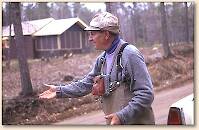
In the Photography Board by Oldredbarn

In the Photography Board by Oldredbarn
2
Sep 10, 2009
by Troutnut
by Troutnut
18
Jun 24, 2016
by Oldredbarn
by Oldredbarn

